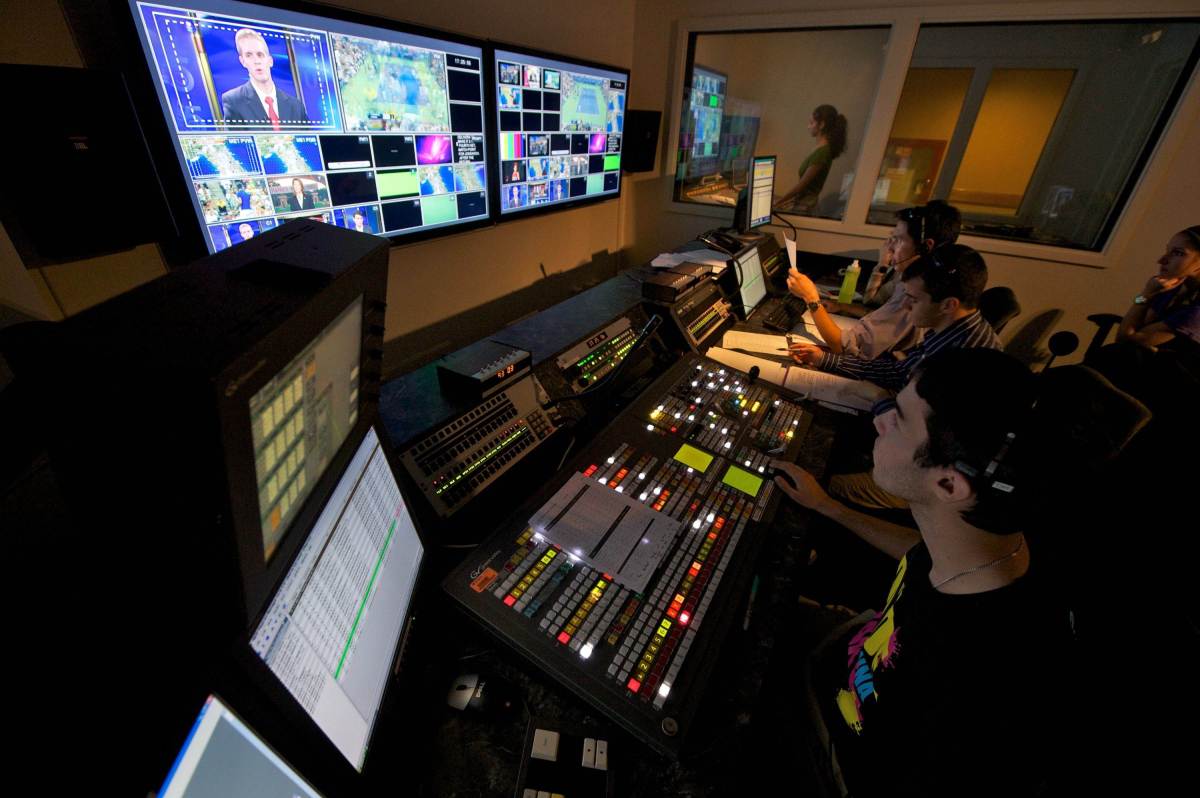Music is used in every video we make because it is an essential part of film making. It may only be for a few moments in an introduction or feature throughout the video instead of dialogue but either way, the music choice is key to the outcome of the film.
Corporate video production Los Angeles is including music in the video to make them engaging for the audience. The choosing of the right video music is essential to have more audience for the popularity. It requires the skills and intelligence of the experts to perform the music editing task.
There are a variety of reasons we use music in film.
It keeps the viewer interested and alert
It can create an emotion
It builds up tension and heightens scenes

It moves pace along, such as in montage shots
People connect music to feelings and so will remember an emotion linked with a sound
Used instead of dialogue it adds to the mise en scene
Allows viewers to drop into a characters psyche
It has a significant impact on how an audience reacts to a video
It establishes things, such as time, mood, action, tension etc.
Brand association is another reason why people use music in video. There are many products that have a memorable theme tune that audiences recognise and connect to the product immediatly. Like the McDonald’s theme tune. You lovin’ it?! You want music that will be relevant to your video, but also have an impact so choosing what to use is crucial to the overal success. Selecting your music is a process that can’t be rushed and you should take care when deciding, so don’t choose a heavy, fast paced song if you want a light relaxed feel!
In the video we made for Rugbytots, you can see how we incorporated a catchy, memorable tune with editing to grab the audiences attention.
Equally, our show reel demonstrates how music can be used to establish time and then move to the background to keep the intensity and energy throughout the entire length.
Something else that Videre does is edit our videos to the beat of the music. Check out Natalia Perkowska’s Photography Profile and look out for the model moving with the music at about 1.16 mins. The footage has been edited to fit in with the music so she moves with it emphasising the importance of the audio/visual relationship.
Royalty Free Music
Unless you write your own music or work exclusively with a composer, you will have to get a licence on any piece of music you want to use. This is known as Royalty Free Music. It doesn’t mean you can get free music, it means you don’t have to pay for the royalties every time you use a track. In the past, someone would purchase a track to use on one project but if the same purchaser wanted to use it on a different project they would have to pay again. It was known as “needle-drop” because it literally meant that every time the needle-dropped and the track was played, the purchaser had to pay. Nowadays though, a purchaser will buy a single track and be able to use it on as many projects as they want. However, it is not unlimited and many Royalty Free companies have a constraint on the number of times you can use it, usually under 5,000 times.

Having to buy the music can get expensive but is mandatory; the fines are bigger than the original cost! It is hard to estimate how much the music will cost as each track is priced individually, with some being free and others costing as much as £100,000! (Although we try not to use tracks that will cost that much at Videre Video Productions! We have our own archive!) This does mean that an unexpected cost can occur in the post production stage, but it is irremissible.